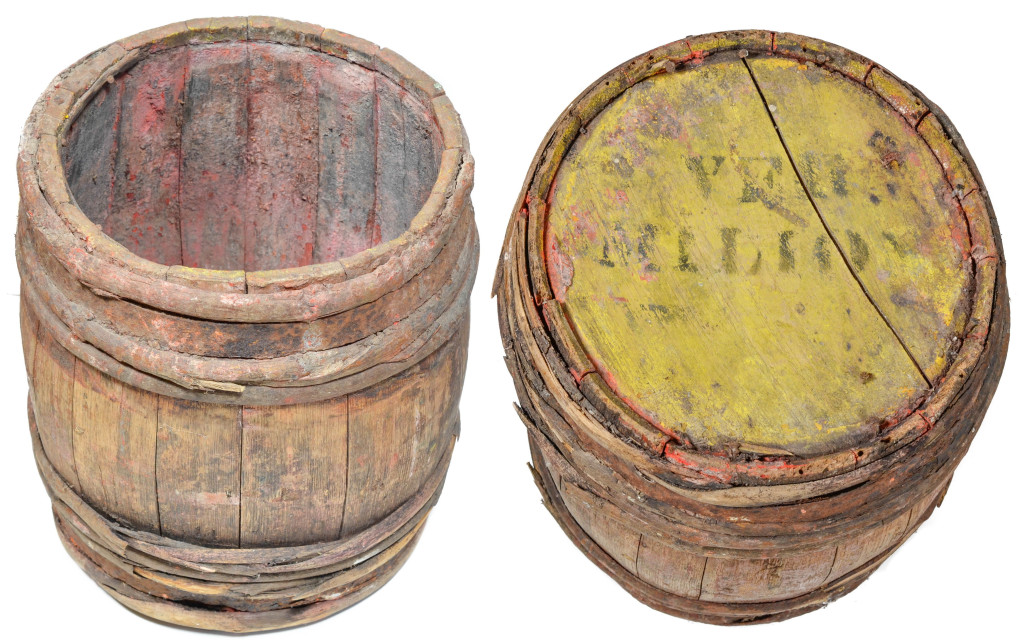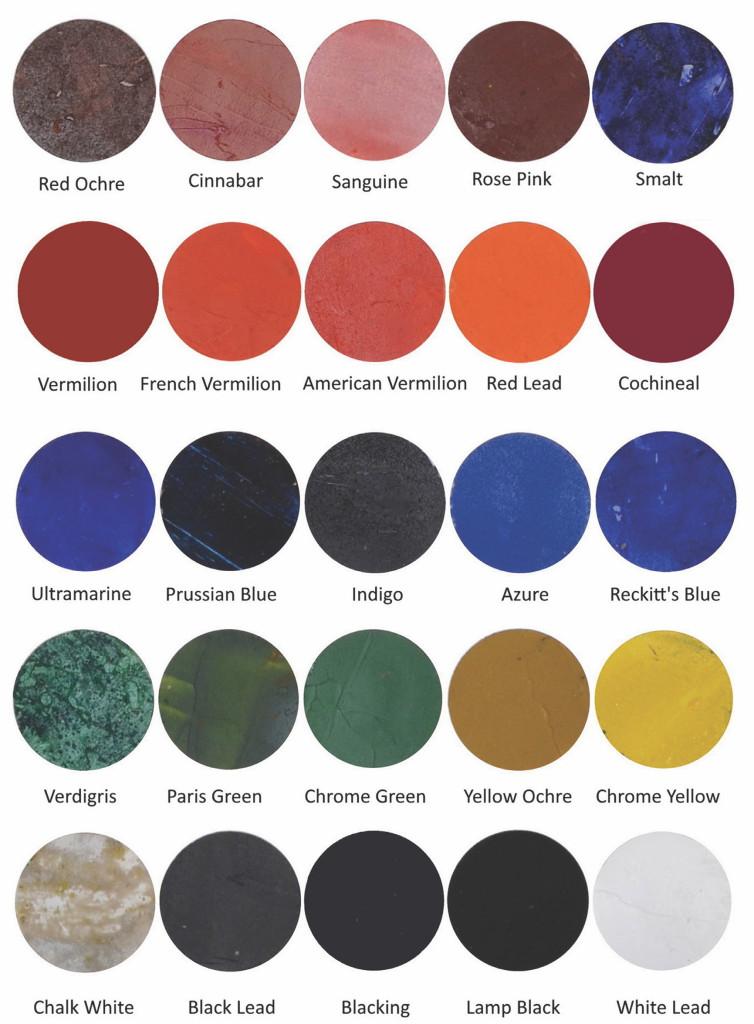
By Dr. James A. Hanson, Historian, Museum of the Fur Trade
The following excerpt originally appeared in the Winter 2021 edition of Museum of the Fur Trade Quarterly, a publication based in Chadron, Nebraska.
Because of our reverence for Nebraska history, this quarterly publication has been a mainstay for the editors of Nebraskaland Magazine for many years.
There is no doubt that early Native Americans were ingenious in developing earths and other natural products as pigments for face painting and artwork. However, the preparation of those colorants was often a slow process. At certain times of the year or in certain locations, it was impossible to find appropriate materials. Most of the natural pigments were rather muted and included shades and tints of dull red, tan and brown. For these reasons, native people came to rely on a steady supply of brilliant colors from their traders.
For example, before receiving vermilion, Native Americans had used native red ochre, but it did not compare to the Spanish-Dutch or Chinese mineral, and they would trade “a heap of furs” for three times as much vermilion as would lie on the tip of a knife. Verdigris, a French colorant, was used by Native Americans to “paint their faces green.”
The cover of this issue of the Quarterly includes a sample of red ochre obtained from a deposit of the ore found at Sunrise, Wyoming. It is known to have been mined there over 10,000 years ago and is listed as a World Archeological Site by the United Nations.

In their study of the Omaha tribe, Alice C. Fletcher and Francis La Flesche included the following observations in their remarks on the changes brought by traders: “Another saving of labor in comparison with old methods was involved in buying paints from the traders. The paint was sold in small packages not much larger than a paper of darning needles and the price of one of those packages in the last century was the value of 25 cents .… Great quantities of paint were sold, this article alone yielding a large profit to the trader.” The authors noted that the Omaha regularly bought red, green, blue and yellow paint.
Upper Missouri River fur trader Edwin Denig stated that the traders furnished Chinese vermilion, chrome yellow and verdigris. “Out of all these an Indian can please himself … .” He commented that “their native dyes … have been superseded by those introduced by the traders, with all but the Crow Indians. At the present day they all mostly use the clippings of different colored blankets and cloth, which by boiling with the substances to be dyed, communicates the tint of the cloth to it in some degree. Thus rose, green, pale blue and violet colors are obtained. For black they boil the inner papers in which Chinese vermilion is enveloped.”
Early travelers repeatedly mention gifts of a few awls or a paper of vermilion to the Native Americans they encountered. Vermilion was a major item in the fur trade along with guns, powder, knives, axes, tobacco, blankets and liquor.
Native Americans were practical people. They learned three centuries ago that it was easier to drop in at the nearest trading post and buy a high-quality pigment in whatever quantity they needed. ■
For more information on the Museum, visit furtrade.org.
